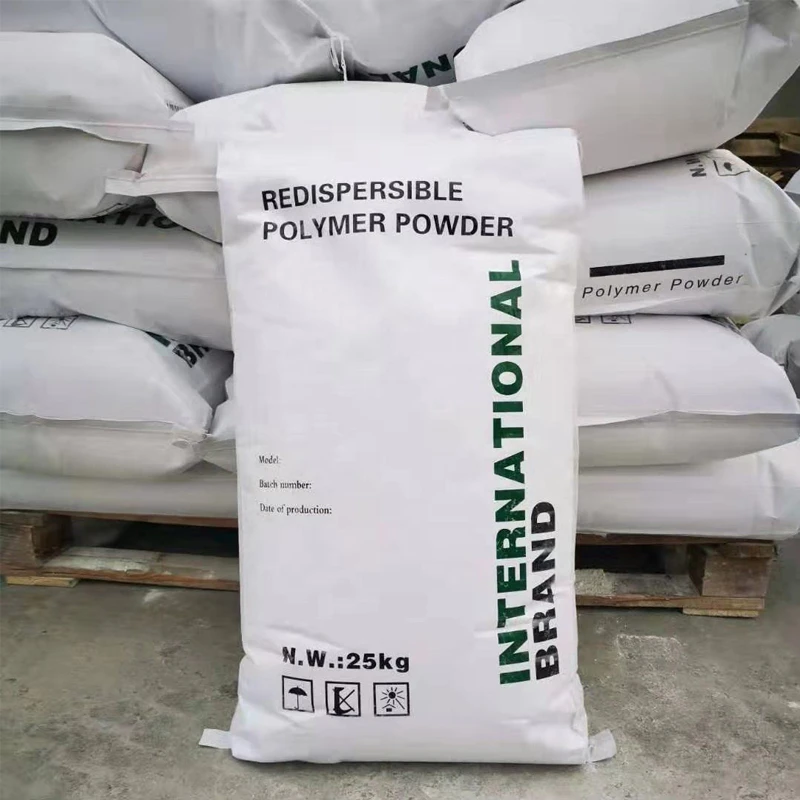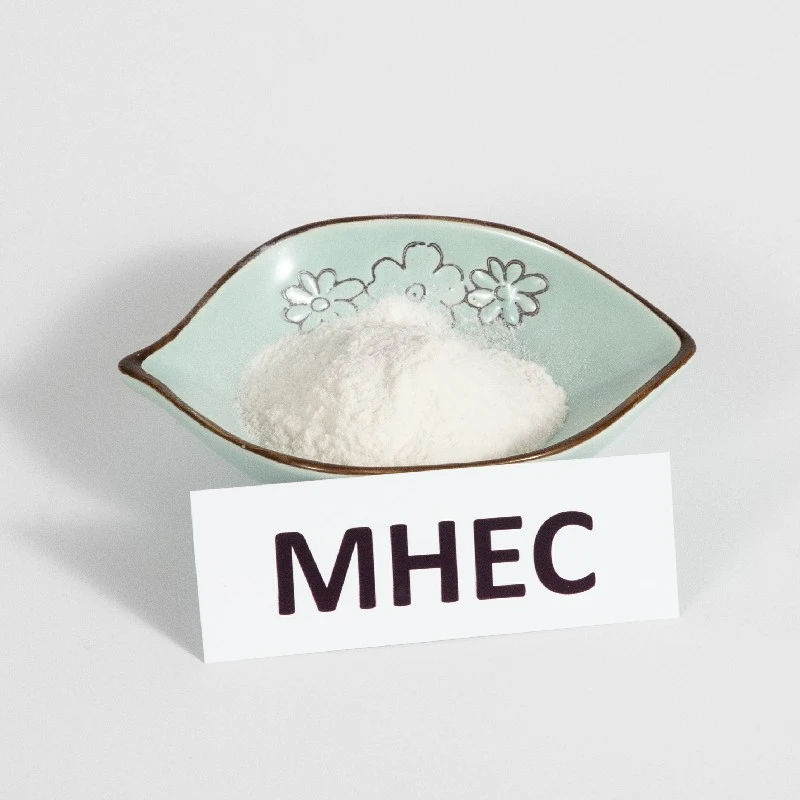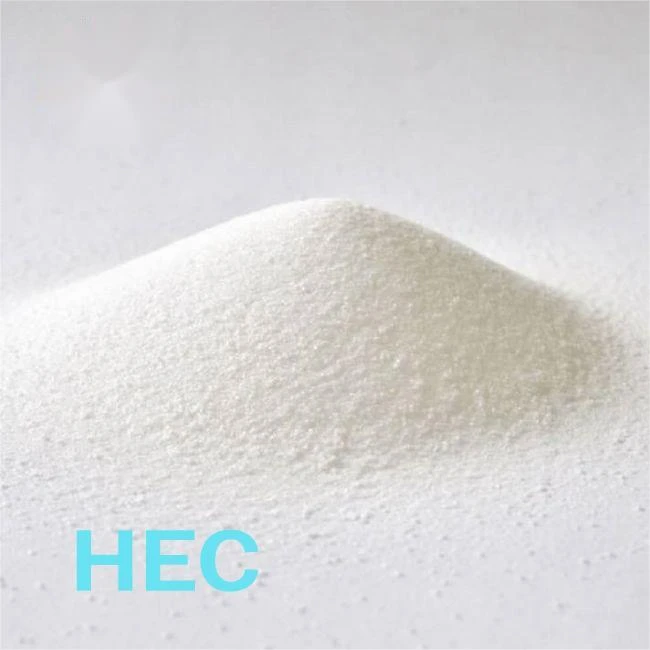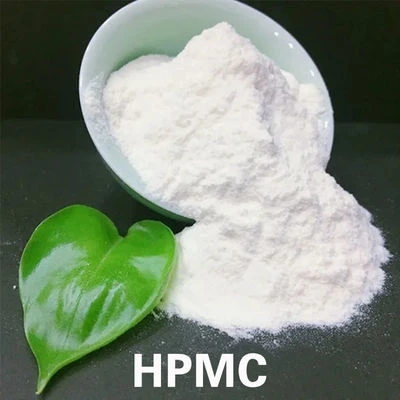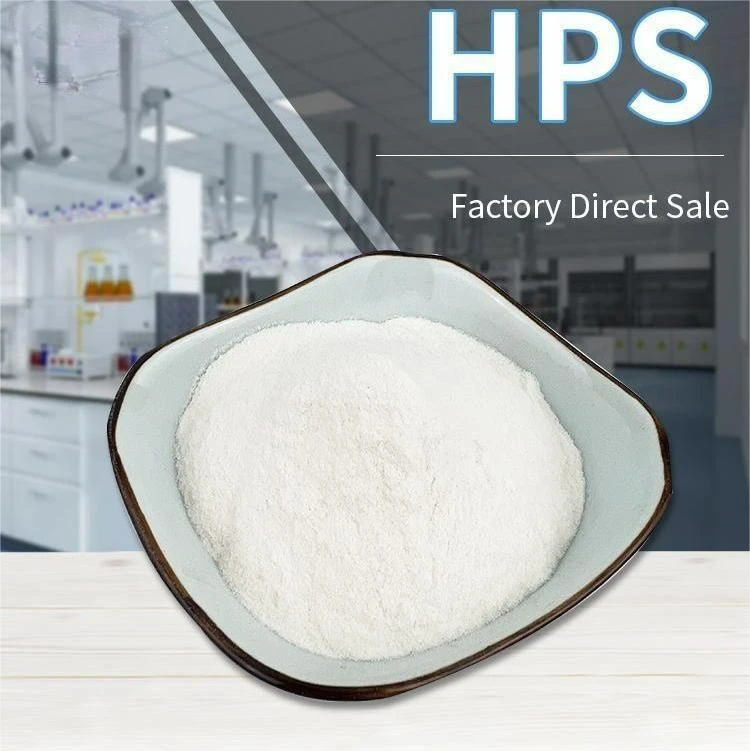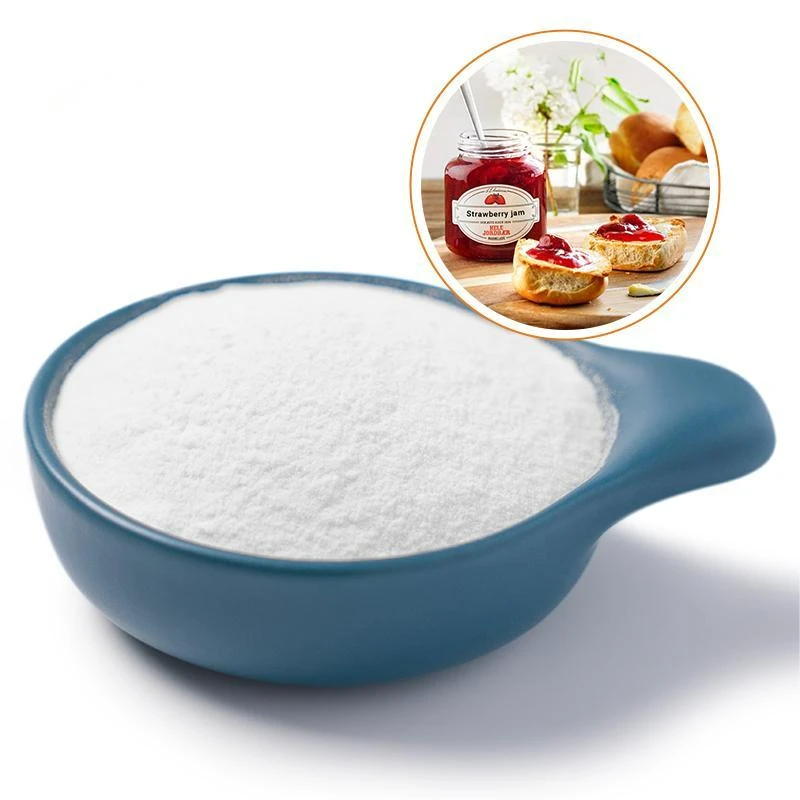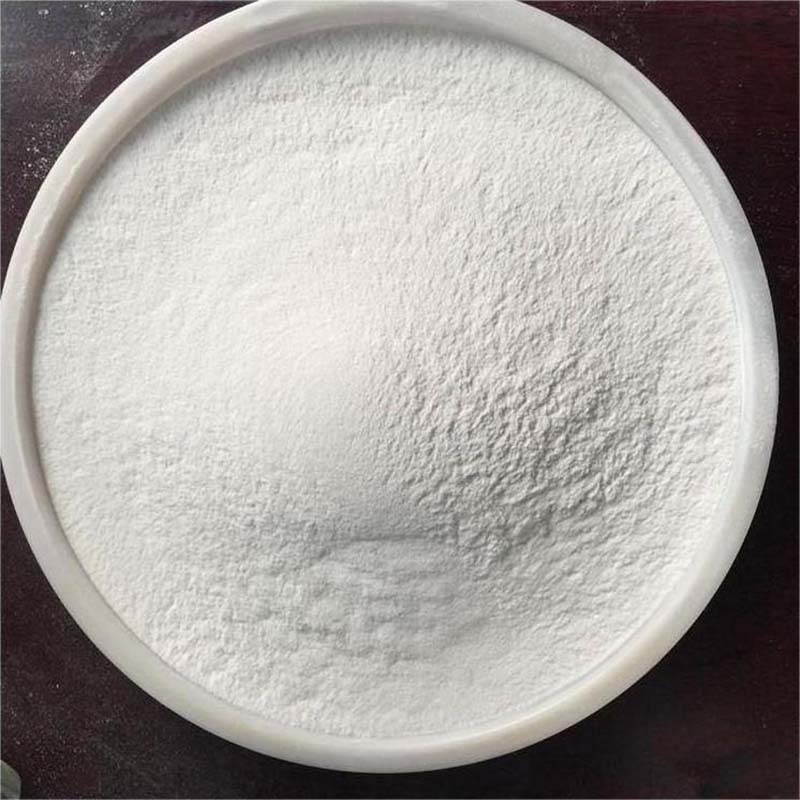Hydroxy Methyl Propyl Cellulose | Leading HPMC Supplier
The Evolving Landscape of Hydroxy Propyl Methyl Cellulose
The global market for cellulose ethers, particularly hydroxy methyl propyl cellulose, is experiencing robust growth, projected to exceed USD 8 billion by 2028. This surge is driven by key industry trends: the demand for green building materials, advancements in pharmaceutical excipients, and the pursuit of higher-performance additives in coatings and personal care. Hydroxy propyl methyl cellulose hpmc acts as a critical enabler in these sectors.
In construction, HPMC is indispensable for dry-mix mortars, tile adhesives, and self-leveling compounds, enhancing workability, water retention, and adhesion. The shift towards sustainable construction practices has amplified its importance. According to a Global Construction Perspectives report, the construction volume output will grow by 85% to $15.5 trillion worldwide by 2030, with a significant focus on efficient and durable materials like HPMC-modified products.
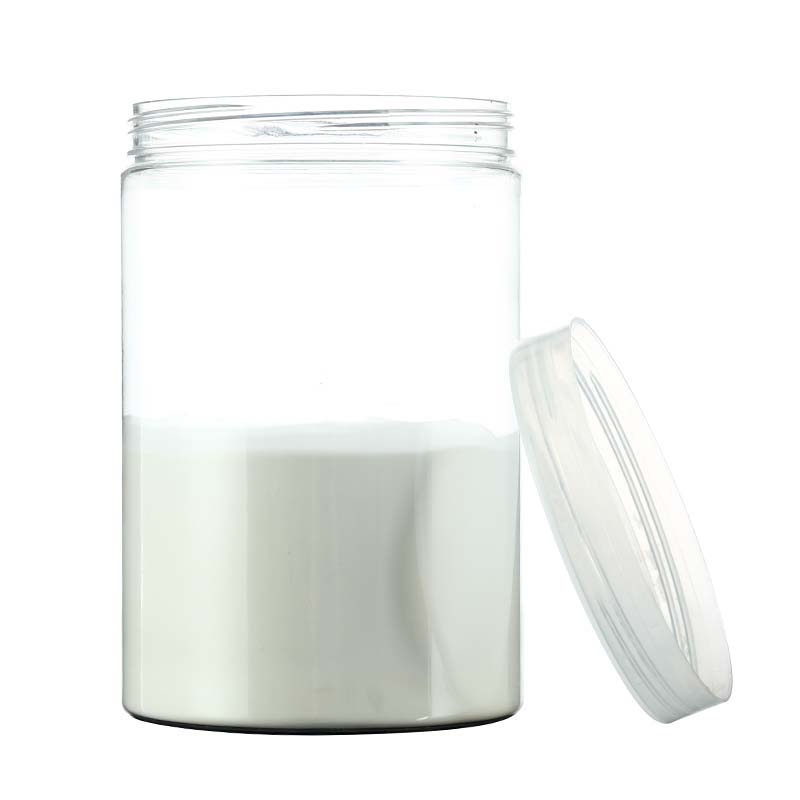
Decoding HPMC: Technical Parameters and Specifications
Understanding the technical specifications of hydroxypropyl methyl cellulose is crucial for selecting the right grade for your application. Key parameters directly influence performance, from thickening efficiency to setting time. Below is a general overview of common HPMC grades and their typical properties.
| Property | Description | Typical Range | Impact on Application |
|---|---|---|---|
| Viscosity (cps) | Measured in a 2% aqueous solution at 20°C. It's the primary indicator of thickening power. | Low (5-100) to High (100,000 - 200,000+) | High viscosity offers superior thickening and water retention; low viscosity is used for film coating. |
| Methoxy Content (%) | The degree of substitution with methoxy groups. | 19 - 30% | Affects gel temperature and solubility. Higher content generally leads to a lower gel temperature. |
| Hydroxypropyl Content (%) | The degree of substitution with hydroxypropyl groups. | 4 - 12% | Enhances water retention, open time, and thermal stability. Higher content increases the gel temperature. |
| Gel Temperature (°C) | The temperature at which the HPMC solution forms a reversible gel upon heating. | 50 - 90°C | Crucial for applications requiring thermal stability, like machine-sprayed mortars or ceramic extrusion. |
| Particle Size (Mesh) | Fineness of the powder. | 80 - 120 Mesh | Finer particles dissolve faster, preventing lump formation in aqueous solutions. |
| pH Value | Acidity or alkalinity of a 1% solution. | 5.0 - 8.5 | Ensures compatibility with other components in the formulation, especially in cement-based systems. |
The Science of Production: Manufacturing Hydroxy Methyl Propyl Cellulose
The consistent high quality of our hydroxy methyl propyl cellulose is a direct result of a meticulously controlled manufacturing process. We begin with high-purity, natural raw materials (refined cotton or wood pulp) and transform them through a series of sophisticated chemical reactions. This process is not simple mixing; it's precision chemical engineering compliant with ISO 9001 standards.
Alkalization
High-purity cellulose is treated with sodium hydroxide to form alkali cellulose.Etherification
Alkali cellulose reacts with etherifying agents (Methyl Chloride and Propylene Oxide) in a reactor under controlled pressure and temperature.Neutralization & Washing
The crude HPMC is neutralized, and by-products are washed away with hot water to ensure high purity.Drying & Grinding
The purified product is dried and ground to a specific particle size, ensuring rapid and lump-free dissolution.QC & Packaging
Every batch is tested against specifications (viscosity, purity, etc.) before being packaged for shipment.Key Process Highlights:
- Raw Material: We use only premium refined cotton, which provides a higher degree of polymerization and results in a final product with superior clarity and viscosity stability.
- Manufacturing Craftsmanship: Our process utilizes advanced Distributed Control Systems (DCS) for precise temperature and pressure management during etherification, ensuring batch-to-batch consistency.
- Testing Standards: Each lot is rigorously tested according to methods aligned with international standards like ASTM D2364 for methoxy content and the Brookfield viscometer method for viscosity, all under our ISO 9001:2015 certified quality management system.
- Shelf Life & Stability: When stored in a dry, cool place in its original packaging, our HPMC has a guaranteed shelf life of 24 months.
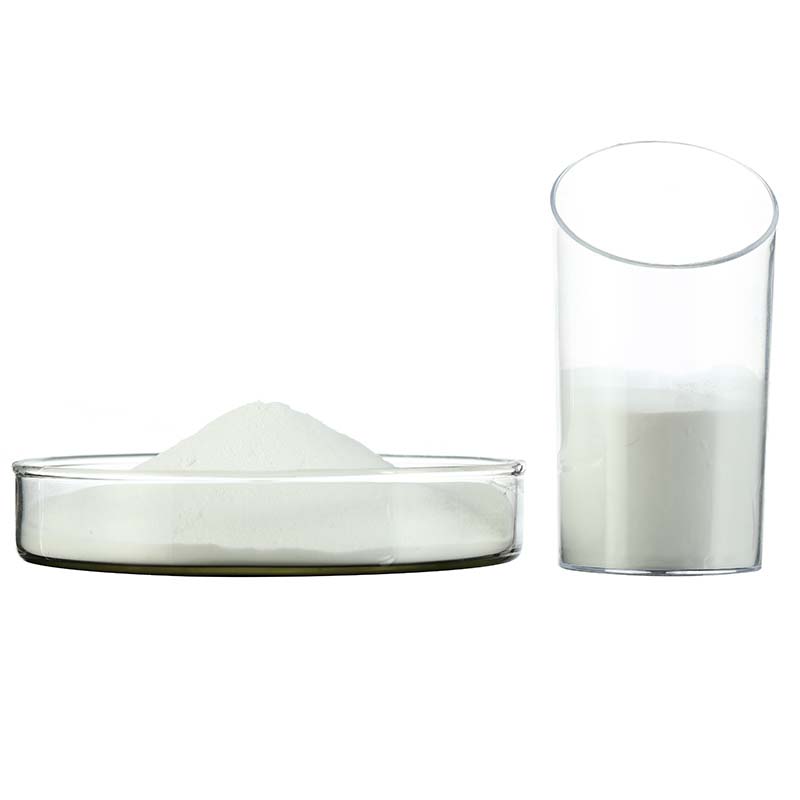
Product Spotlight: HPMC 200,000 CPS for High-Performance Coatings
Our flagship product, HPMC Cellulose 200,000 CPS, is specifically engineered for demanding applications where maximum thickening, stability, and water retention are required. It is the raw material of choice for premium paints, coatings, and high-strength construction mortars.
Performance Comparison vs. Industry Standard
Product Composition Analysis
- HPMC (98.5%)
- Moisture (1.0%)
- Ash (0.5%)
Guaranteed high purity for clear formulations and predictable performance, complying with FDA regulations for indirect food contact applications.
Versatile Applications & Technical Advantages
The unique properties of hydroxy propyl methyl cellulose make it a highly versatile additive across a wide range of industries. Its ability to control rheology, bind water, and form films is unparalleled.
Construction Industry
The primary consumer of HPMC, used in cement and gypsum-based products.
- Water Retention: Prevents premature drying of mortar, ensuring full cement hydration and maximizing strength.
- Workability: Provides a smooth, creamy consistency for easy application of tile adhesives and plasters.
- Anti-Sagging: Offers excellent thixotropy for vertically applied tile adhesives, preventing slippage.
- Open Time: Extends the time frame for adjusting tiles or correcting plaster surfaces.
Paints & Coatings
Acts as a thickener and stabilizer in water-based paints.
- Thickening Efficiency: Provides optimal viscosity control for a drip-free application and smooth finish.
- Colorant Compatibility: Ensures uniform pigment distribution and prevents flocculation.
- Film Formation: Contributes to a durable, uniform paint film upon drying.
- Storage Stability: Prevents phase separation and maintains paint consistency over time.
Pharmaceuticals & Food
High-purity grades serve as excipients, binders, and thickeners.
- Controlled Release: Used in tablet coatings for timed drug delivery (USP/EP compliant grades).
- Binder: Helps form tablets with ideal hardness and friability.
- Thickener: Used in liquid suspensions, syrups, and ophthalmic solutions.
- Food Additive (E464): Acts as a stabilizer and emulsifier in products like sauces, ice cream, and baked goods.
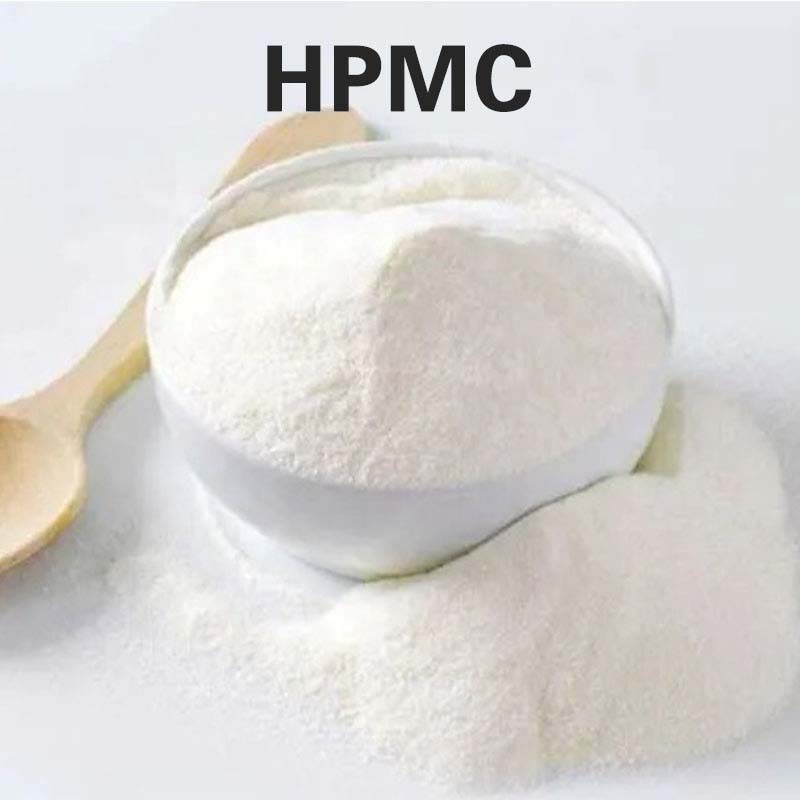
Why Choose PezeTech as Your Hydroxypropyl Methylcellulose Supplier?
In a competitive market, the right partner offers more than just a product; they provide reliability, expertise, and support. We distinguish ourselves through a commitment to quality, innovation, and customer success.
The PezeTech Advantage
- Authoritativeness & Certification: Our manufacturing facilities are ISO 9001 (Quality Management) and ISO 14001 (Environmental Management) certified. Our products meet or exceed international standards, providing you with full confidence.
- Experience & Expertise: With over 15 years in the chemical industry, our R&D team possesses deep expertise in polymer science. We understand your applications and can recommend or develop the perfect HPMC grade.
- Unwavering Trustworthiness: We believe in transparency. From detailed Certificates of Analysis (CoA) with every shipment to a clear quality guarantee, we build lasting partnerships based on trust.
- Global Logistics Network: We ensure reliable and timely delivery worldwide through our established logistics partners, with standard delivery cycles of 15-20 days.
Manufacturer Comparison
| Feature | PezeTech HPMC | Generic/Standard HPMC |
|---|---|---|
| Purity | > 98.5% (High Purity) | 95-97% (Variable) |
| Batch Consistency | Viscosity ± 3% | Viscosity ± 10% |
| Solution Clarity | High Transparency | Often cloudy or contains insolubles |
| Technical Support | Dedicated Application Support | Limited or None |
Customized Solutions & Application Case Studies
We recognize that "one size fits all" is not a solution for specialized industries. Our team works with clients to provide customized hydroxy methyl propyl cellulose grades, modifying parameters like viscosity, gel temperature, and hydration speed to meet specific performance targets.
Case Study: Solving Surface Cracking in Skim Coat Mortar
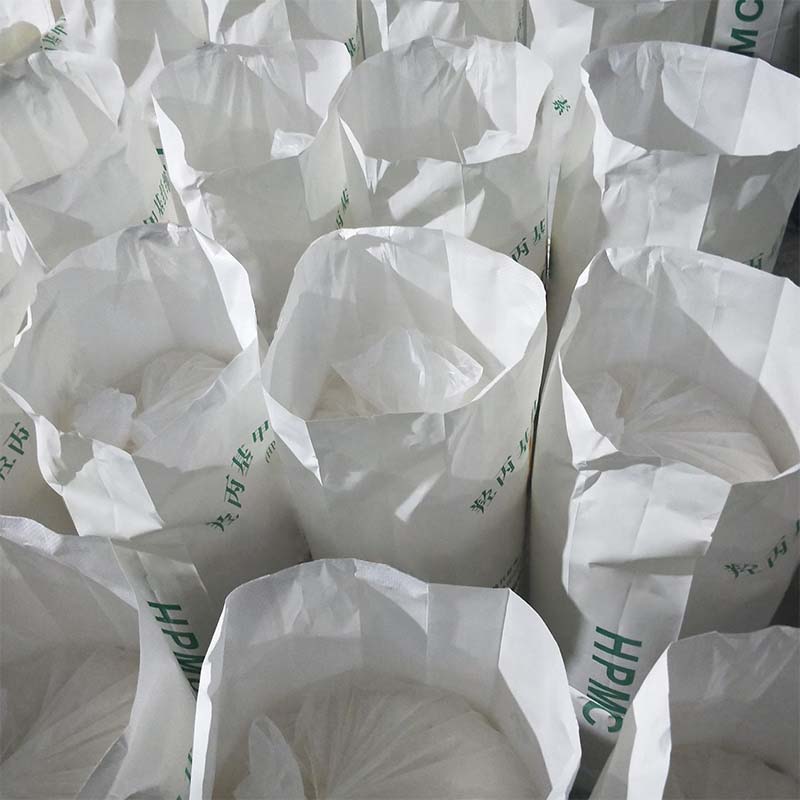
Client: A leading construction materials manufacturer in Southeast Asia.
Challenge: The client was experiencing hairline cracks in their gypsum-based skim coat, especially in hot and dry conditions. This was due to rapid water loss from the mortar before it could properly set.
Solution: Our technical team analyzed their formulation. We recommended switching from their standard 100,000 cps HPMC to our specialized grade, "HPMC 150,000-WR," which features a higher hydroxypropyl content. This modification significantly boosted the water retention capability (measured increase from 92% to 98% in lab tests).
Result: The implementation of our customized HPMC completely eliminated the cracking issue. The client reported a 40% reduction in customer complaints and an enhanced reputation for product quality. The improved workability and extended open time were also noted as significant benefits by applicators. This demonstrates the tangible value that a tailored hydroxy propyl methyl cellulose hpmc can provide.
Frequently Asked Questions (FAQ)
Your guide to understanding the finer details of hydroxypropyl methyl cellulose. If your question isn't here, our technical team is ready to assist.
Methoxy content primarily influences the gel temperature and solubility of the HPMC. A higher methoxy level generally leads to a lower gel temperature. Hydroxypropyl content is crucial for water retention and thermal stability; a higher percentage increases the gel temperature and improves the ability of the product (like mortar) to hold water, which is critical for hydration and preventing cracks.
Viscosity is a measure of thickening power. A high viscosity like 200,000 cps provides significant thickening with a small addition rate. In paints, it prevents sagging and splattering. In mortars, it provides body, prevents segregation of sand and cement, and enhances anti-sag properties for vertical applications like tile adhesives. The choice of viscosity is critical to achieving the desired rheology of your product.
Gel temperature is the point at which an HPMC solution turns into a semi-solid, reversible gel upon heating. This property is vital for applications exposed to heat. For example, in machine-sprayed mortars, a suitable gel temperature ensures the mortar sticks to the wall without running. In ceramic extrusion, it provides green strength to the extruded body before firing.
Absolutely. Our hydroxy methyl propyl cellulose is designed for excellent compatibility with common additives used in construction and coatings, including Redispersible Polymer Powders (RDP), air-entraining agents, defoamers, and superplasticizers. We can provide guidance on formulation to ensure optimal synergy between all components.
HPMC is a hygroscopic powder, meaning it will absorb moisture from the air. To maintain its quality and performance, it must be stored in its original, unopened packaging in a cool, dry place away from direct sunlight and heat sources. Once a bag is opened, it should be resealed tightly to prevent moisture ingress. Our standard packaging is a 25 kg paper bag with a polyethylene inner liner for protection.
Consistency is our top priority. We achieve it through three key pillars: 1) Strict raw material sourcing and pre-testing. 2) A fully automated DCS-controlled production process that minimizes human error. 3) Rigorous Quality Control testing of every single batch for key parameters (viscosity, moisture, ash content, pH, gel temp) before it is approved for release. A Certificate of Analysis (CoA) accompanies every shipment.
The primary difference lies in the level of purity, manufacturing environment, and regulatory compliance. Pharmaceutical grade HPMC is produced in a GMP (Good Manufacturing Practices) facility, has extremely low bioburden and impurity levels, and complies with pharmacopoeia standards (USP, EP). Industrial grade, like our HPMC 200,000 cps, is optimized for performance in materials like mortar and paint, focusing on physical properties like water retention and thickening, and is produced under ISO standards, which are rigorous but different from GMP.
References & Further Reading
To deepen your understanding of cellulose ether applications and polymer science, we recommend exploring these authoritative sources:
- Clasen, C., & Kulicke, W. M. (2001). Determination of viscoelastic and rheo-optical material functions of water-soluble cellulose derivatives. Progress in Polymer Science, 26(9), 1839-1919. This paper offers a deep scientific dive into the rheological properties of materials like HPMC. View on ScienceDirect.
- "The Role of Cellulose Ethers in Modern Drymix Mortars." A recurring topic in industry publications and forums such as the Concrete Decor Forum and ForConstructionPros.com, discussing the practical benefits and formulation tips. Such forums provide real-world insights from applicators. Explore Construction Industry Insights.
-
The Role of Methyl Ethyl Hydroxyethyl Cellulose in Tile AdhesivesNewsAug.11,2025
-
The Future of Digital Textile Printing with Advanced Paste TechnologiesNewsAug.11,2025
-
The Chemical Modification Process of Carboxymethyl Cellulose from CelluloseNewsAug.11,2025
-
Hydroxypropyl Starch Versus Native Starch Key Differences and BenefitsNewsAug.11,2025
-
Comparing Celulosa HPMC with Other Cellulose Ether DerivativesNewsAug.11,2025
-
Chemical Composition and Structure of VAE Redispersible PowderNewsAug.11,2025

